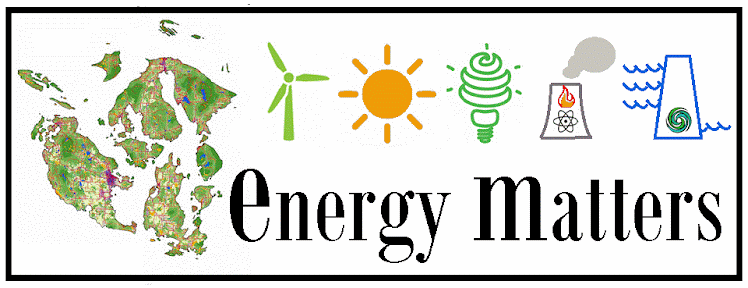By Chom Greacen
What do you think about the tar sands industry exporting
its crude to the world through the Salish Sea instead of Keystone XL pipeline?
A sticky tar-like form of crude oil mixed with sand and
clay, tar sands of Alberta, Canada – also called oil sands – are one of the
largest remaining deposits of oil in the world. The combined carbon in tar
sands is more than all the carbon emitted from oil use in the world history
thus far.
Extracting the tar sands by strip mining, solvents, and
steam has created the biggest and “most destructive” project in the world,
according to Natural Resources Defense Council and Greenpeace.
Despite the high energy and environmental costs to
extract, tar sands are rising in prominence as a major source of oil. The U.S.
main and growing source of oil imports is from Canada, surpassing the Middle
East and Mexico[1].
And more than half of the
Canadian oil production in 2010 is from tar sands.
Already very large, the tar sands crude production is expected to grow 150% by
2025[2].
According to the Canadian Association of Petroleum
Producers, the Canadian oil industry is in an “oversupply” situation and
looking for an “outlet”[3]. President Obama halted (at
least for now) the Keystone XL pipeline project to export tar sands oil through
the Gulf. Now our Salish Sea and the Strait of Juan de Fuca are seen by the tar
sand industry as an attractive gateway to export this excess oil to Asia.
In fact, it’s already been happening. The existing
“Trans-Mountain” oil pipeline from Edmonton, Alberta to Vancouver, BC and with
a spur pipeline to Anacortes provides the only access for Canadian oil to reach
the West Coast. In 2007, over 3.4
million barrels of crude oil were shipped to China from Vancouver[4].
And that’s just the beginning.
Houston-based Kinder
Morgan (KM), one of North America’s largest oil pipeline companies, is planning
for a major increase in the quantities of crude oil shipped through its
Trans-Mountain pipeline and Westridge dock east of Vancouver.
Already, oil tanker
traffic has tripled between 2005 and 2010, and is planned to triple again by
2016[5].
Pipeline expansion will increase crude oil deliveries from 300,000 to 850,000
barrels per day by 2017. KM announced last month it planned to double the
capacity by January next year, hoping to beat other competitors to get oil to
the coast[6].
About 450,000 bpd would be exported while the remaining are for BC, Washington
refineries and some shippers.
KM also plans to dredge
the Burrard Inlet allowing for larger tankers (160,000 deadweight-ton
"Suezmax") to reach the terminal.[7]
These massive oil tankers
will skirt the west side of San Juan Islands on their way out to the Pacific.
Though the ships will likely stay within the Canadian border, devastating
impacts from a spill accident will not.
Unlike the case of Keystone XL, we do not have a direct
say in this. Well, not yet anyway, unless we act.
Both the Washington and BC governments and citizens must
be involved in the dialogue of whether KM should be permitted to expand the
pipeline and whether increased traffic of tankers carrying toxic crude should
be allowed in our shared waters.
KM has yet to file an application with the Canadian
National Energy Board to expand the pipeline. There is still a window of
opportunity to make our voice heard. Write Governor Christine Gregoire. Talk to
your neighbors. Mobilize. Drive less.
Hopefully, tar sands crude will not meet the Salish Sea,
not directly or indirectly. Nor will the coal trains.
This article is the first
in a series about tar sands and the SJ community.
[2]
CANADIAN ASSOCIATION OF PETROLEUM PRODUCERS, Crude Oil: Forecast, Markets
& Pipelines, June 2011.
[3]
CAPP, ibid.
[4]
Statement by Chris Badger, chief operating officer of Port Metro Vancouver
http://www.notanks.dreamhosters.com/misinformation-given-to-vancouver-city-council/#more-45

